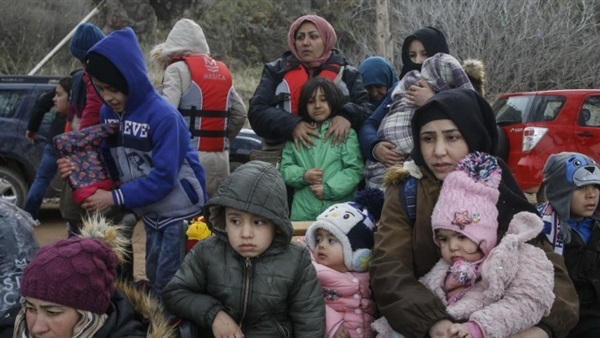Displaced Syrians Become Exploited for Political, Regional Gain

Reports have said that the displacement of Syrians during their ten-year conflict was not just a product of the crisis, but also a purpose of the unrest and a strategic way to bolster political and regional control over the country.
They
noted that displacement caused by “ethnic cleansing” may permanently change the
country’s geography.
According
to the Jusoor for Studies Center, the population in Syria was officially
estimated at more than 21 million in mid-2011, with a growth rate of 1.7
percent.
In 2021, however, a “significant change” in the population count was reported due to the conflict when the regime resorted to excessive violence against peaceful protests. Various agreements and displacement operations ensued, leading to mass displacements. The economic and living conditions prompted dozens of Syrians to also flee the war-torn country.
The
population now stands at over 26 million. Sixteen million live inside the
country and nine million abroad. Over a million have been killed and presumed
missing, based on the “data of the displaced and residents outside Syria in the
post-2011 period.”
The
information is based on “figures published by the United Nations and other
international organizations, official data from countries in which Syrians
reside and at least one local source in each country, in addition to the expert
estimates,” the Center explained.
It
said 57 percent of Syrians live in regime-held regions, which make up 65
percent of the country’s area. Twenty-four percent live in opposition areas,
which make up 10 percent of the country, and 19 percent live in the Kurdish
autonomous administration region east of the Euphrates River.
The
Syrian Center for Policy Research (SCPR) had previously reported that the conflict
had a “grave impact on demographics in Syria.”
Population
growth rates have changed from high levels before the conflict to negative
rates, the report explained, noting that the population rates inside Syria
decreased by 2.3, 2.9 and 1.9 percent in 2015, 2016 and 2017, respectively, to
reach 19.22 million people in 2017.
However,
2018 and 2019 saw a positive growth, with a population increase of 0.9 percent
in 2018 and 1.1 in 2019, with 19.6 million Syrians in 2019.
The Center attributed the population decline to three main factors. First, the sharp increase in death rates, mostly war victims. Second, low birth rates, and finally, the high rates of immigration and asylum seeking.





